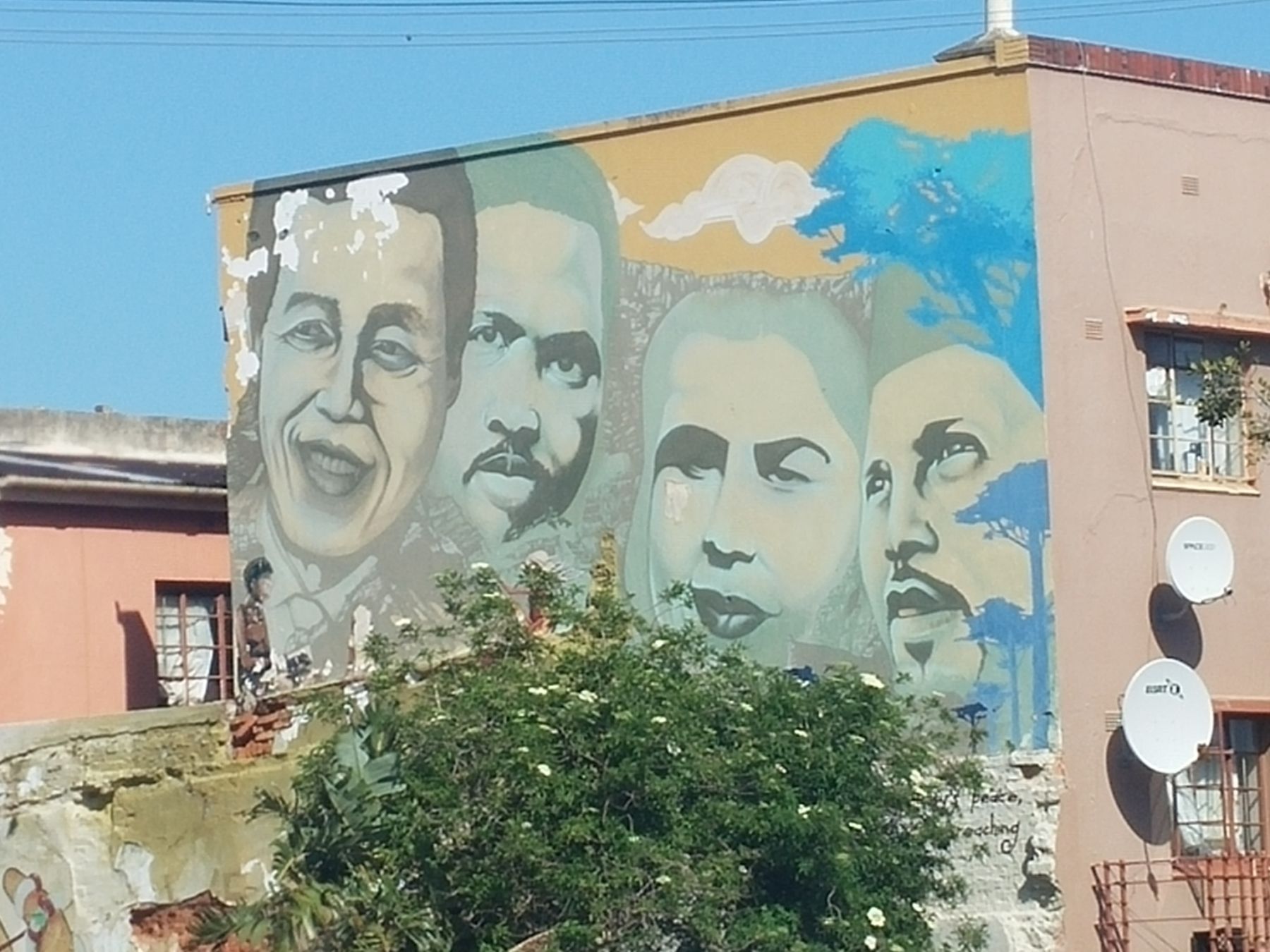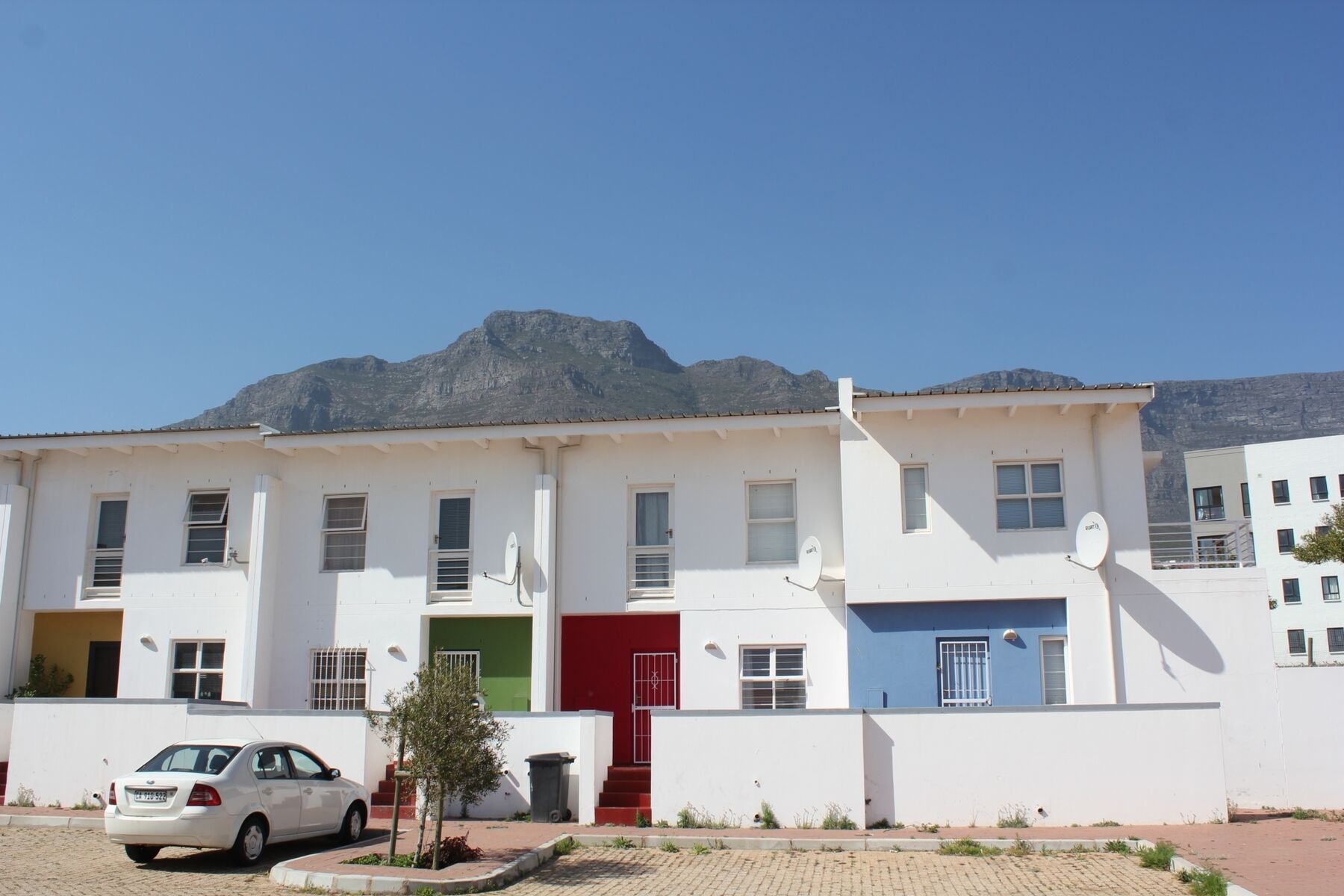Cape Town Flowstars and a visiting Joburg Flowstar recently joined Rico Minaar, a seasoned walking tour guide, on a dry run for the free City Sightseeing District Six walking tour.
For those who are unfamiliar with the history of District Six, let me give you a brief history of events. District Six was a residential area to former slaves, artisans, merchants, immigrants and Cape Malay people. During the apartheid era, in 1966, the land was proclaimed a “whites-only” area, residents were forced to move to the Cape Flats and virtually all the existing structures were demolished.
We took to the streets of District Six to gather content, pictures and video footage for City Sightseeing’s website and social media platforms – as this latest addition to their free walking tours launches on 1 November 2015.
The team gathered at 81 Long Street – home of the biggest and busiest red bus tour office, and its Travel Depot – and were given a brief introduction to the journey ahead and the notable landmarks we could expect to encounter. We came well prepared with water bottles, comfortable walking shoes and a positive outlook. Flow Cape Town manager Kate Rau and media developer Stuart Buchanan were elected to document our walk, by shooting a GoPro video and taking photographs along the way.

From the meeting point in Long Street we walked through Greenmarket Square, posing now and then for the odd group snap. We kept up a steady pace and crossed quite a few busy intersections. Our first stop was opposite what was formerly known as the District Six Café. Rico, who grew up in the “district” during its heyday, said that although the area is now used by the homeless as temporary shelter, back in the day it was a spirited melting pot for well-known local artists and entertainers.
Most of the buildings in the streets we ventured down are covered with symbolic art which, whether intended or not, is evident of the artistic and uninhibited culture that was encouraged and fostered in District Six from the 1950s to the 1980s. In fact, murals of respected activists Zainunnisa “Cissie” Gool, Nelson Mandela, Steve Biko and Imam Abdullah Haroon continue to watch over the sixth district from the wall of a derelict building.

Next we moved on to the new residential buildings that have been erected in District Six. These structures form part of a pledge made by the post-apartheid government to rehabilitate the area. The look of the new complex is modern, but the brightly coloured doors of the houses are strongly reminiscent of Cape coloured culture. Interestingly, all the religious buildings in the area still stand and have been restored as the apartheid government was quite tolerant of religion, but not so much of the people practising it.
We visited the site where the “Seven Steps”, a powerful symbol of diversity and inclusivity in the Cape, used to be. We walked through areas that were once overrun by “good and bad gangsters”, past Charly’s Bakery, new curio shops and taverns, finally ending our walk at the District Six Museum.
It was clear from the smiling faces on our way back to the office that the team enjoyed the outing. Even those of us who have done the walk many times in some way or another (myself included) were left with a better understanding, and perhaps deeper appreciation, of “the District” and its colourful history.
Feel free to check out the free City Sightseeing walking tours available in Cape Town. To purchase red bus tickets online, click here.


